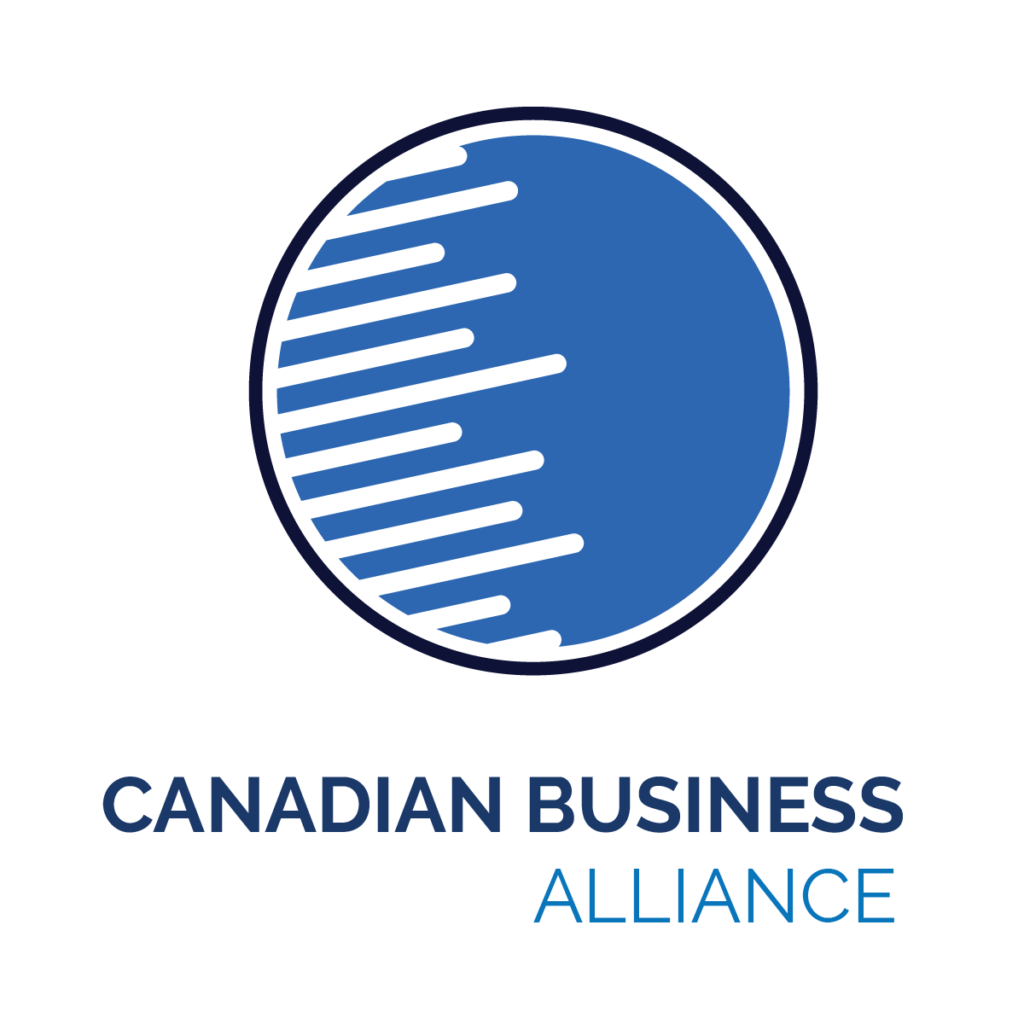For operations managers and entrepreneurs, optimizing processes and reducing costs can mean the difference between thriving and struggling. This comprehensive guide will walk you through the essentials of process and cost optimization, equipping you with the knowledge to make impactful changes in your organization.
Why Process and Cost Optimization Matter
Understanding the importance of optimization is the first step toward transforming your business. Efficient processes and lower costs lead to increased productivity, higher profit margins, and a competitive edge. This blog covers everything from the basics of process optimization to advanced strategies for cost management.
What is Process Optimization?
Process optimization involves enhancing existing business processes to improve efficiency, quality, and performance. By refining these processes, organizations can achieve smoother operations, minimize errors, and maximize output.
Definition of Process Optimization
Simply put, process optimization is the practice of fine-tuning workflows to achieve better results. This can involve anything from reallocating resources to implementing new technologies.
Benefits of Optimizing Processes
Optimizing processes can yield numerous benefits, including:
- Increased Efficiency: Streamlined procedures reduce time wastage.
- Reduced Errors: Enhanced processes lead to fewer mistakes.
- Improved Quality: Consistent results boost customer satisfaction.
Key Areas for Process Optimization
Knowing where to focus your optimization efforts is crucial. Here are some key areas to consider:
Production/Operations
In production and operations, streamlined manufacturing or service processes can lead to significant gains. Efficient workflows ensure that resources are used optimally, reducing downtime and increasing output.
Supply Chain Management
Improving logistics and inventory management can drastically cut costs and enhance reliability. Optimized supply chains ensure timely delivery and reduce the risk of stockouts or overstocking.
Customer Service
Enhancing customer interactions is essential for maintaining a loyal customer base. Streamlined customer service processes can lead to quicker resolution times and higher satisfaction rates.
IT and Infrastructure
Upgrading technology and systems can improve overall performance. Modernizing IT infrastructure reduces downtime and supports more efficient workflows.
What is Cost Optimization?
Cost optimization focuses on reducing expenses while maintaining or improving quality and performance. It involves analyzing every aspect of the business to identify opportunities for cost savings.
Definition of Cost Optimization
Cost optimization is the systematic approach to reducing business expenses without sacrificing quality. It involves evaluating current spending and finding more efficient ways to allocate resources.
Benefits of Reducing Costs
The benefits of cost optimization are numerous:
- Higher Profit Margins: Lower costs translate to higher profits.
- Competitive Pricing: Reduced expenses allow for more competitive pricing strategies.
- Financial Stability: Improved cost management leads to better financial health.
Key Strategies for Cost Optimization
Implementing effective strategies can significantly reduce costs. Here are some proven methods:
Cost-Benefit Analysis
Evaluating expenses versus benefits helps identify areas where spending can be cut without impacting performance. This analysis ensures resources are allocated effectively.
Budgeting and Forecasting
Planning and predicting future financial needs enable better resource management. Accurate budgeting prevents overspending and ensures funds are available when needed.
Vendor Negotiation
Negotiating better terms with suppliers can lead to substantial savings. Building strong relationships with vendors can result in discounts and more favorable payment terms.
Waste Reduction
Identifying and eliminating unnecessary expenses is crucial. Waste reduction strategies focus on cutting out inefficiencies and maximizing resource utilization.
Tools and Techniques for Optimization
Several tools and techniques can aid in process and cost optimization. Here are a few to consider:
Lean Management
Lean management principles focus on creating more value with fewer resources. Techniques like value stream mapping and Kaizen can help streamline processes.
Six Sigma
Six Sigma techniques aim to minimize variation and improve quality. This methodology uses data-driven approaches to identify and eliminate defects in processes.
Automation
Using technology to automate repetitive tasks can save time and reduce human error. Automation tools can handle everything from customer service inquiries to inventory management.
Data Analytics
Leveraging data to make informed decisions is essential for optimization. Data analytics tools can identify trends, pinpoint inefficiencies, and guide strategic planning.
Monitoring and Continuous Improvement
Regular monitoring and assessment are crucial for maintaining optimized processes. Here’s how to keep improving:
Importance of Regular Monitoring
Consistent monitoring ensures that processes remain efficient over time. Regular assessments help identify areas for further improvement.
Strategies for Ongoing Improvement
Continuous improvement strategies focus on incremental changes. Techniques like PDCA (Plan-Do-Check-Act) cycles can help maintain momentum.
The Role of Feedback Loops
Feedback loops are essential for continuous improvement. Collecting and acting on feedback ensures that processes evolve to meet changing needs.
Common Challenges and How to Overcome Them
Optimizing processes and costs comes with its challenges. Here’s how to tackle them:
Resistance to Change
Getting buy-in from employees can be difficult. Communicate the benefits clearly and involve staff in the planning process to ease resistance.
Initial Costs
Understanding the short-term investment required for long-term gain is key. Highlighting the long-term benefits can justify the initial expenditure.
Complexity
Simplifying the optimization process makes it more manageable. Break down complex projects into smaller, actionable steps to avoid overwhelm.
Wrapping it Up
Process and cost optimization are critical for any business looking to thrive. By focusing on efficiency and cost management, you can improve your organization’s performance and financial health. Start small, continually assess your progress, and scale up your efforts as you see results.
If you have experiences or questions about optimizing processes and costs, feel free to share in the comments below. Your insights could help others on their optimization journeys.
Additional Resources
For those eager to learn more, here are some valuable resources:
- Books:
- “The Lean Startup” by Eric Ries
- “Six Sigma for Dummies” by Craig Gygi and Bruce Williams
- Articles:
- “The Ultimate Guide to Lean Management” by LeanMag
- “Cost Optimization Strategies for Small Businesses” by Forbes
- Online Courses:
- LinkedIn Learning’s “Lean Six Sigma Foundations”
- Coursera’s “Supply Chain Management Specialization”
Dive into these resources to further enhance your understanding and application of process and cost optimization. Happy optimizing!


